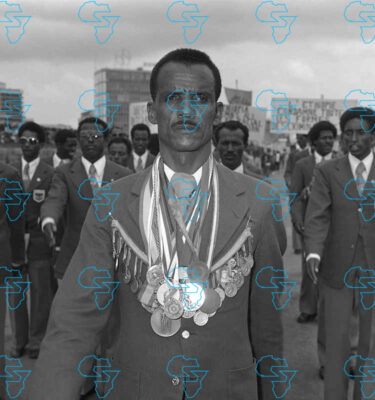
Health Ministry says Marburg virus strain behind illness
The World Health Organization (WHO) has released USD 300,000 from its contingency fund for emergencies in response to a suspected viral hemorrhagic fever outbreak in southern Ethiopia. The organization says the funds will provide immediate support to the national response.
Health authorities confirmed a suspected viral outbreak in the South Ethiopia Regional State this week and local officials in the South Omo Zone report that at least six people have died from the disease.
The WHO is providing essential supplies, including personal protective equipment for health workers and medicines, to support the response efforts.
From The Reporter Magazine
In a statement issued after the reported outbreak, the WHO confirmed that it has deployed experts to the affected area. According to the organization, it is also supporting contact tracing within affected communities and is prepared to scale up its support as needed.
“Additional technical capacity is being mobilized to support the overall response,” reads the statement.
The deaths of at least six people, including health workers, have been reported to the Africa Centres for Disease Control and Prevention (Africa CDC).
From The Reporter Magazine
According to health authorities, the primary symptoms observed in patients are high fever, severe headache, and hemorrhagic manifestations, accompanied by vomiting, diarrhea, and abdominal pain.
A rapid response team has been deployed to the epicenter of the outbreak to investigate the cause, identify and monitor contacts, and implement necessary containment measures.
Authorities noted that laboratory testing is currently underway to conclusively identify the specific pathogen responsible for the outbreak.
In addition, WHO is also deploying a multi-disciplinary team of 11 technical officers experienced in viral haemorrhagic fever outbreaks. According to the organization, the team will bolster disease surveillance, investigation, laboratory testing, and community engagement efforts.
Echoing this effort, WHO Director-General Tedros Adhanom Ghebreyesus (PhD) stated on social media that his office is collaborating closely with the Ministry of Health, the Ethiopian Public Health Institute, and regional health authorities as part of the rapid response.
Samples from the outbreak have been received for laboratory testing, according to the Director-General.
“WHO will be supporting contact tracing in affected areas,” he stated, adding that further details are expected soon.
Head of the South Ethiopia Regional Health Bureau, Endashaw Shiberu, told The Reporter that the authorities are taking the necessary measures to contain the spread. However, he said they have not been given the mandate to disclose the extent of the situation, referring inquiries to the Ministry of Health.
He added that woredas and zones in the region have also been instructed not to release any information regarding the outbreak.
Nonetheless, a resident of Jinka told The Reporter that an individual in the town was found dead two weeks ago. According to the resident, a police officer who had close contact with the deceased, along with two health workers and three individuals involved in the burial, also died shortly afterward, causing widespread concern in the community.
“I am a resident of this town, and all of those who died showed the same condition,” the respondent said. “Until today, six people are reported to have died, including a police officer, three religious figures, and a banker who had some level of contact with the first person who died.”
A statement issued by the Health Ministry late on Friday confirmed the disease is caused by a strain of the Marburg virus previously encountered in parts of East Africa. The Ministry indicates that no new cases of hemorrhagic fever had been detected at the time of the new statement.
.
.
.
#Taps #Emergency #Fund #Response #Hemorrhagic #Fever #Outbreak #Ethiopia
Source link











